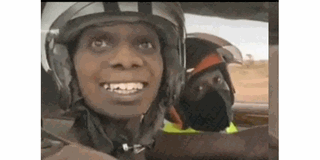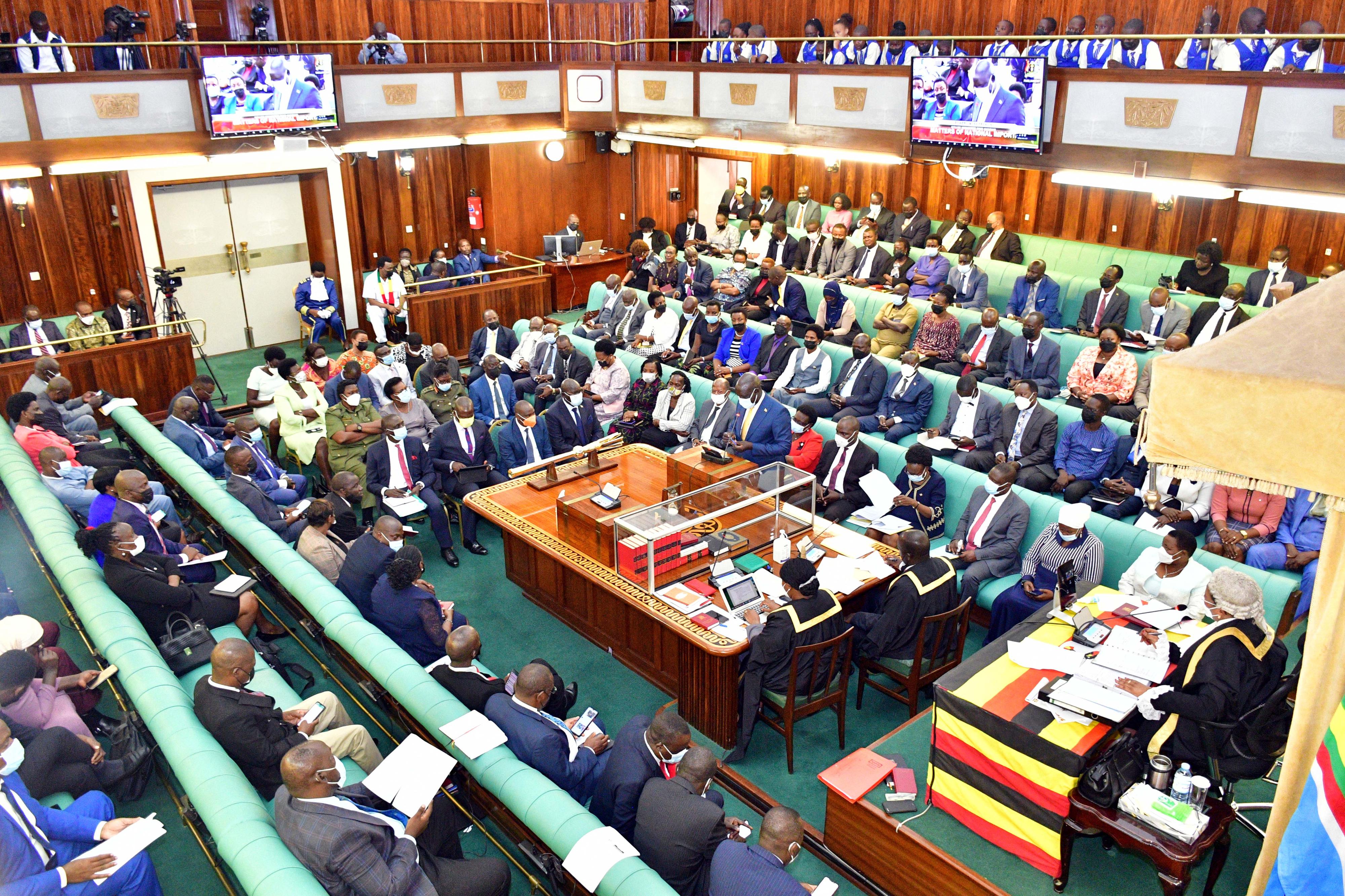Why sharing that meme might land you in trouble

Memes of Kenyan comedians Arap Marindich and Tula Chemoget have been shared both locally and internationally.
What you need to know:
- Corporate firms are also warned against jumping onto trends using popular memes to sell their brands.
You might find yourself in trouble the next time you use a meme without the consent of the owner.
This is after the Kenya Copyright Board (Kecobo), in a piece of legal advice, stated that it is an infringement of copyright laws.
The board was giving reference to a Kenyan comic artiste Arap Marindich whose memes have been trending for the past week.
According to Kecobo, a copyright holder of the meme has the exclusive rights to copy, reproduce, make the adaptation, publish and broadcast their work.
This means a meme generated without the authority of the copyright owner is an infringement on their copyrights.
“This week a series of memes generated from videos made by two Kenyan comic artistes named Arap Marandich and Tula have been trending on various social media platforms offering comic relief during election campaigns. The memes have been utilised by individuals and corporates thereby raising significant copyright concerns,” Kecobo executive director Edward Sigei said.
“A copyright holder has the exclusive right to copy, reproduce, make (an) adaptation, publish and broadcast their work. Therefore a meme generated without the authority of the copyright owner is an infringement on their copyright particularly the exclusive rights to reproduce, copy, adapt and publish,” he said.
Kecobo also warned corporates against jumping onto trends using popular memes to sell their brands.
“While the use of memes in social media is tolerated, its creation and use for commercial purposes can attract significant civil liability and must be cleared from the author. Consequently, corporate bodies must consider conducting due diligence on the status of photographs or videos before being tempted to join the fun,” Mr Sigei said.
In March, Mr Sigei issued another warning stating that “courtesy” is not enough for the acknowledgement of pictures and videos.
An acknowledgement, he said, must clearly show the name of the author and, in some instances, the name of the work if relevant. The author's social media account must also be added.
In the case of books, all contributors to copyrighted work including illustrators of books and other graphic material should be clearly and sufficiently acknowledged regardless of the terms of engagement.
*Written by Sylvania Ambani




